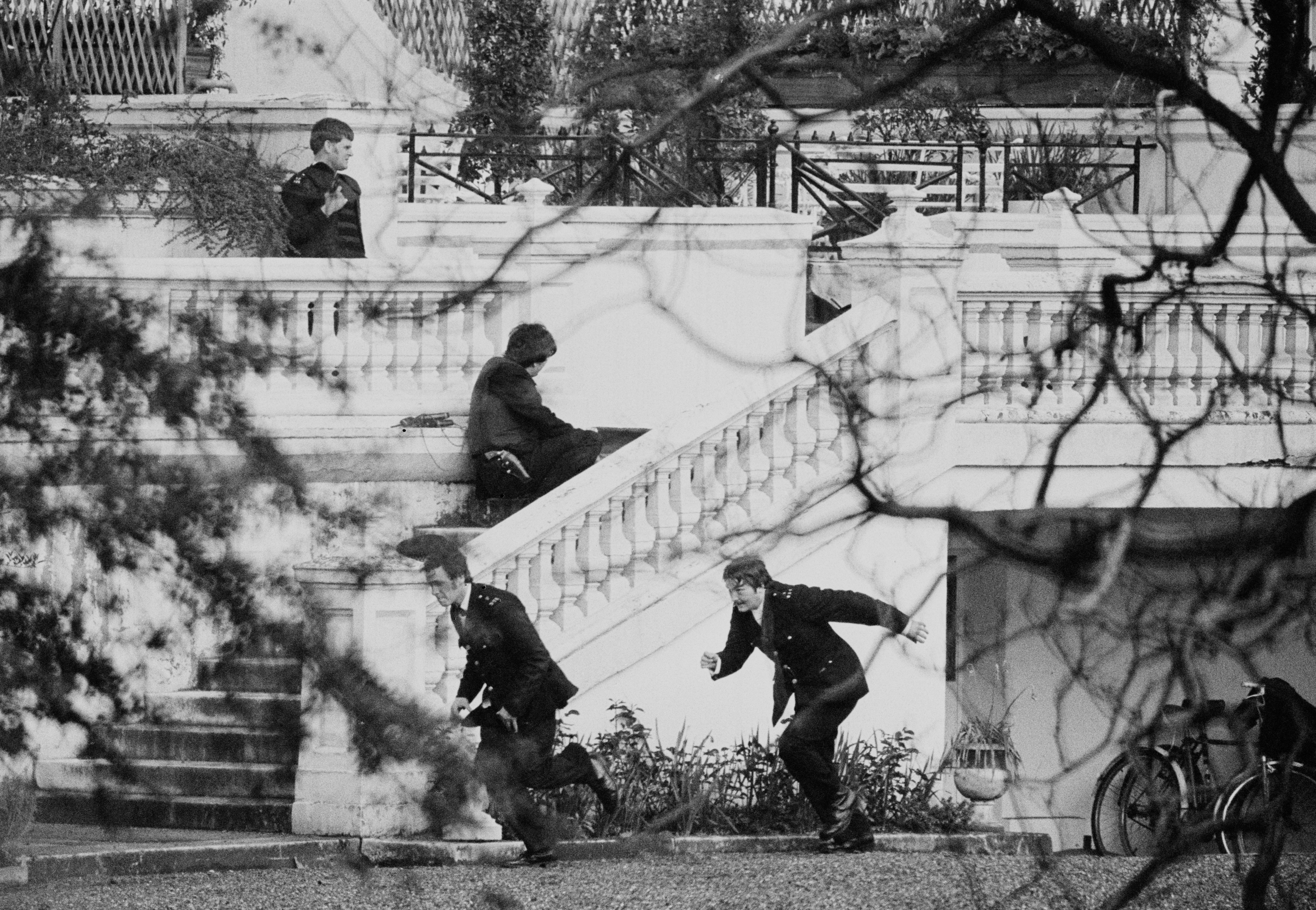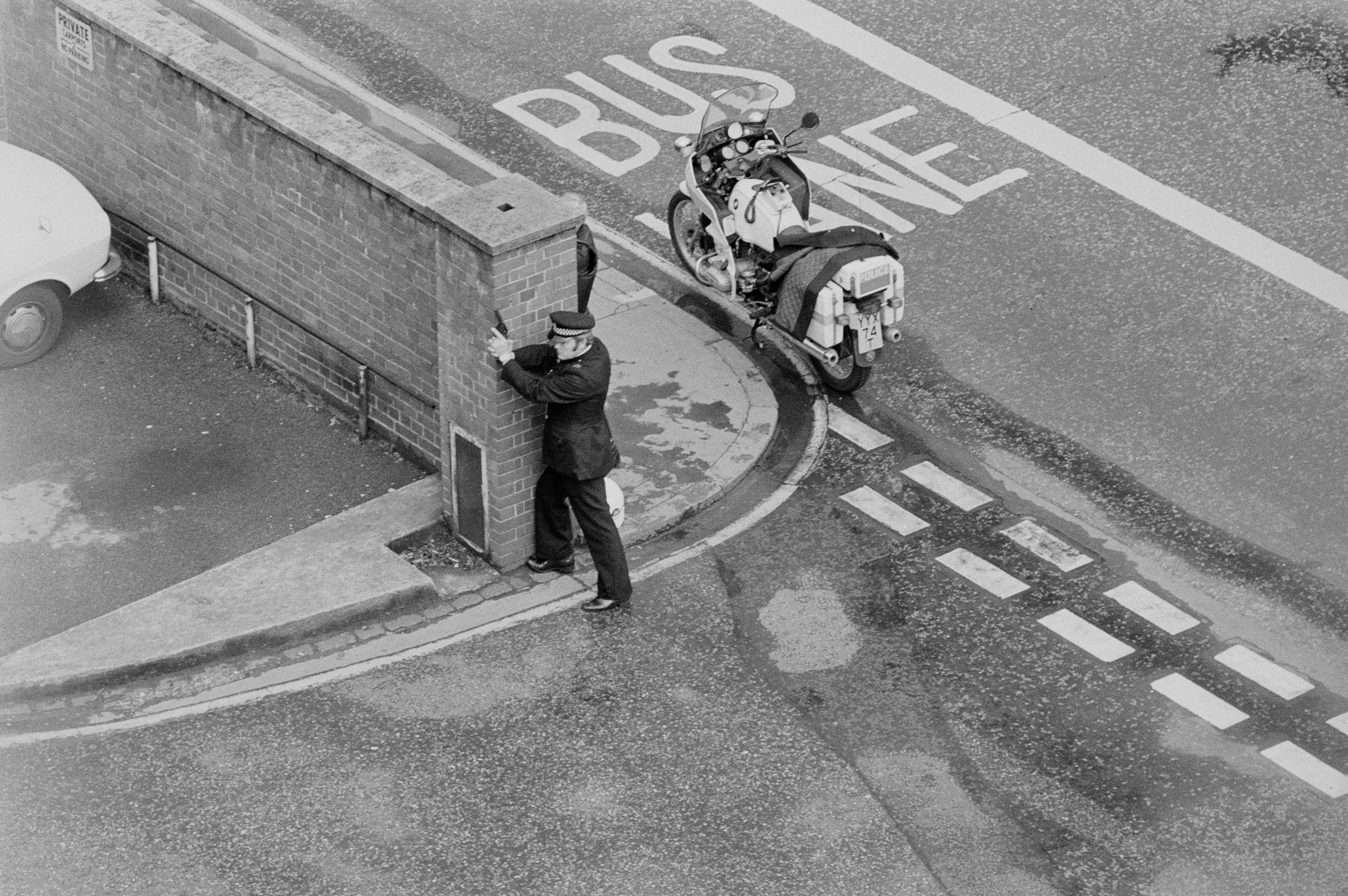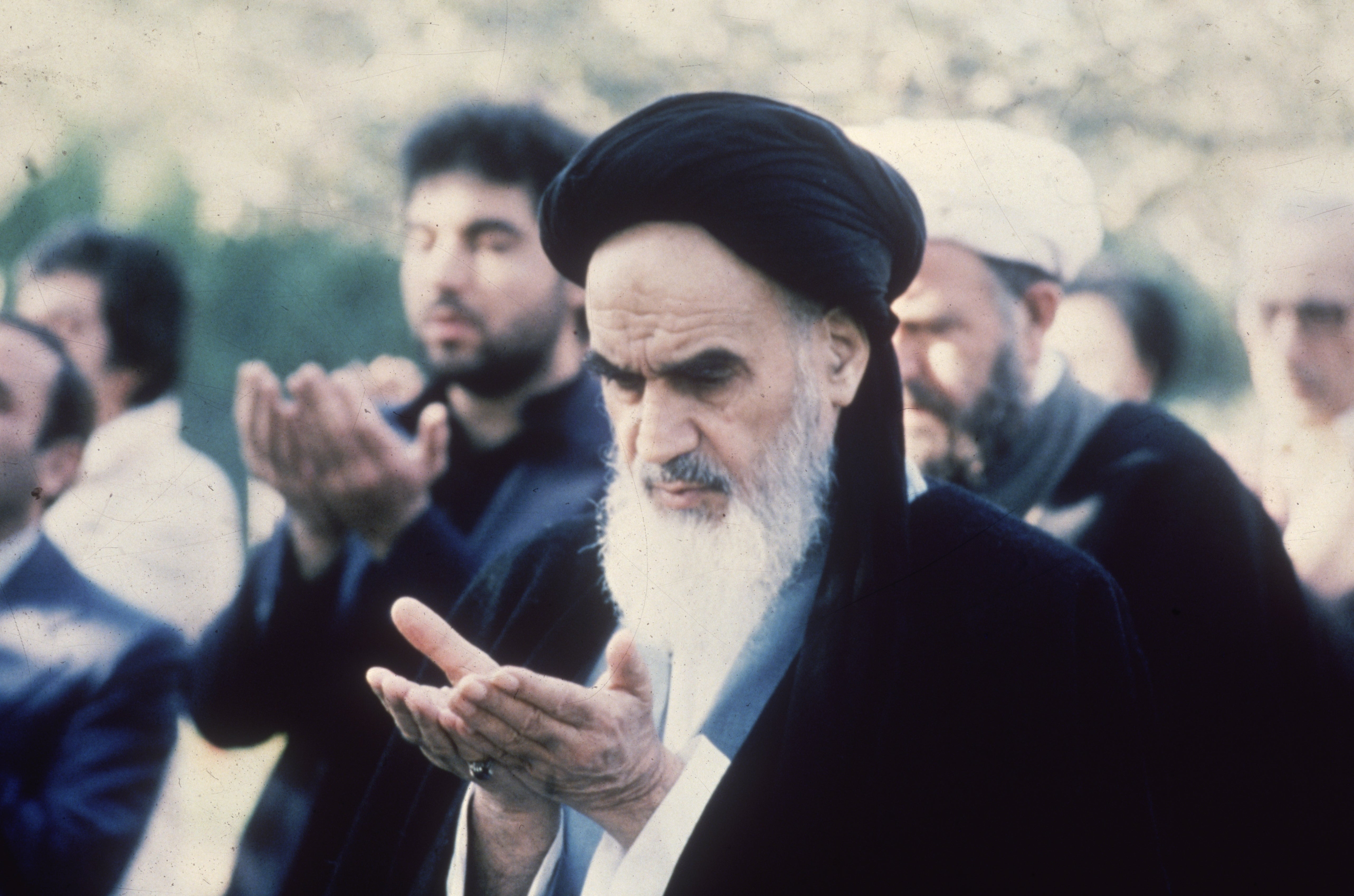Jack Straw: The siege of the Iranian embassy ended the old world of the SAS forever
As Ben Macintyre’s gripping account of one of the most astonishing assaults to happen on British soil is released, former foreign secretary Jack Straw reflects on the impact of the siege on our own special forces, as well as how it set the tone for the Iranian regime we know today


We oldies all remember the terrorist takeover of Iran’s London embassy at 16 Princes Gate. This started on Wednesday 30 April 1980. There was just one member of the Met’s diplomatic protection group (DPG) guarding the embassy, PC Trevor Lock. His only weapon was a revolver. As he was having a coffee in the vestibule between the inner and outer front doors, men armed with submachine guns blasted their way in.
I was a fresh young MP, just 12 months in the Commons. Margaret Thatcher was in her first year as prime minister. For the first time for an incident of this kind, there was live coverage of the siege by every British TV channel – BBC One, BBC Two, and ITV, who all interrupted their normal schedules.
In the 44 years since the siege, there have been feature films and scores of books on the drama. But none compares with the depth and excellence of Ben Macintyre’s book. With his well-deserved reputation for covering the murky world of espionage and security, and the trust he has engendered within the special forces and the intelligence agencies, he has gained unrivalled access to many of the key participants in the drama who are still alive.
The result is the definitive account of what happened. Despite my clear recollection of the events, Macintyre’s narrative is so gripping that I literally could not put the book down.
The SAS rescue itself took “roughly the time it takes to cook a hard-boiled egg” – just 11 minutes. The SAS men who went into the embassy building were as well prepared as any special forces in the world. But the risks of failure were still very high.
Despite covert microphones and other surveillance devices, the hostages were not where the rescuers expected them to be. The atmosphere in the building was thick from the explosives the soldiers had used to gain access, and from CS gas. Some of the troops’ gas masks did not seal properly. The rope of the team leader abseiling down the embassy walls snagged, leaving him dangling 10ft above his landing point.

It all could have gone horribly wrong. Just six days before the London siege began, a rescue operation by equally well-trained US special forces to rescue 52 American diplomats and others taken hostage in Tehran had ended in abject failure, further damaging president Jimmy Carter’s already weakened authority.
It was the killing by the terrorists of one of the hostages – an Iranian diplomat – that triggered the full SAS assault. Once it began, all the remaining hostages survived. Five of the terrorists were killed; the sixth, Fowzi Badavi Nejad, was charged and convicted of murder. He spent 27 years in a UK jail, and was released in 2008.
Nejad and his collaborators were part of an Arab minority living in the oil-rich southwest of Iran. Their separate identity, and language, had been ruthlessly suppressed by the previous monarchical regime. This minority had played a significant role in the protests that led to the end of the Shahs, and the inauguration of the Islamic Republic, in early 1979. But its new supreme leader, Ruhollah Khomeini, suppressed them too, so some took to terrorism against the new Republic.
Macintyre quotes General Sir Michael Rose, the SAS commander who gave the order for the assault, as saying: “The Iranian embassy siege was the worst thing that ever happened to the SAS ... up to then, the SAS was unheard of. The siege was the beginning of the end of that old SAS world. They were a public organisation.”

It was the live TV coverage of the successful operation by the SAS that brought them so spectacularly into the public consciousness. But that “old world” was about to end anyway.
In the decades preceding the early Eighties, there was the most intense secrecy surrounding the secret security apparatus of the British state. In the jargon, even the existence of MI5, MI6, GCHQ, and the special forces was never officially “averred”. None were subject to any statutory authority. But between 1984 and 1994, all this changed. First, phone tapping was given a legal base, then the intelligence and security agencies. This consisted of independent judicial commissioners, and a special parliamentary committee appointed to oversee their work.
Macintyre says that the “gripping finale” of the siege “cemented Margaret Thatcher’s reputation for resolute action ... and her determination never to negotiate with terrorists”. If the SAS assault had ended in disaster, as had that of the US special forces a few days before, it would certainly have damaged Thatcher’s reputation. But refusing to negotiate with terrorists had been, and remains, a longstanding British policy. The success of the assault did nothing to shift the Conservatives’ poll ratings, which had gone negative in late 1979 and stayed there until the outbreak of the Falklands war in April 1982.
In Iran, the siege and its end proved a disaster for the Arab minority. Some of the dissidents who had been imprisoned were then summarily executed. The repression of this population was tightened.

For their London spectacular, these Arab Iranian terrorists were trained by intelligence agents of Saddam Hussein in Iraq. They provided the cash, the guns, the false passports and the planning. Saddam was viscerally opposed to the theocracy of Khomeini, and saw him as a threat to his own regime, given the disenfranchised majority Shia population in Iraq over which he presided.
Four months after the siege, Iraq began an unprovoked war against Iran. With Western and Soviet support and weapons, Saddam’s aim was to collapse the regime of his neighbour. The war lasted nearly eight years, cost millions of lives on both sides – and had the opposite effect from that intended. It strengthened Khomeini, and the rule of the imams, and entrenched the military, security and intelligence apparatus of the Iranian state under the direct control of the supreme leader.
That theocratic regime is still in place today. Iran does elect a president, and has a parliament (the Majlis). But how much real power the elected government has, especially over defence, policing, and foreign policy, depends on how much the supreme leader judges it should be allowed for the regime to stay on top. The regime controls who can stand for election, and sometimes resorts to comprehensive ballot-rigging.
After the hardline president Ebrahim Raisi was killed in a helicopter crash in May this year, fresh presidential elections resulted, unexpectedly, in the election of a relatively moderate candidate: Masoud Pezeshkian, a cardiac surgeon. He has talked about measures to encourage foreign investment, and to help the economy recover from the desperate situation it is in; he has spoken of lifting restrictions on the internet, and of easing the interference in people’s private lives – and is trying for a better relationship with the International Atomic Energy Agency over Iran’s nuclear programme. But it is unlikely that he will be given the freedom he needs.
As for 16 Princes Gate, it still houses Iran’s embassy. Today, instead of one, there are two members of the DPG standing guard outside, armed with submachine guns as well as pistols. They have not needed to draw their weapons since 1980.
‘The Siege: The Remarkable Story of the Greatest SAS Hostage Drama’ by Ben Macintyre is published by Viking, £25





Join our commenting forum
Join thought-provoking conversations, follow other Independent readers and see their replies
Comments